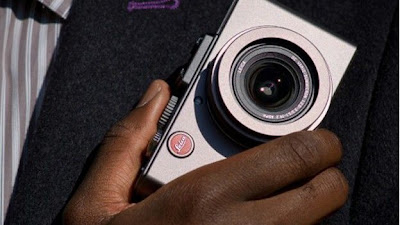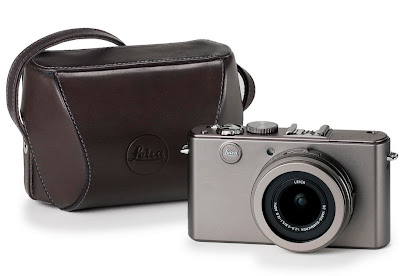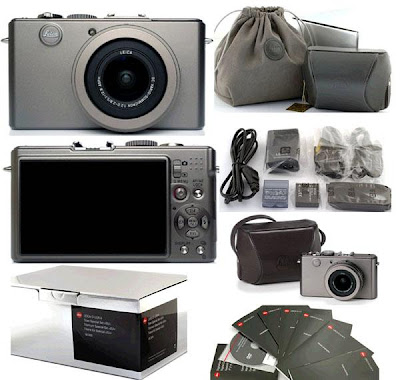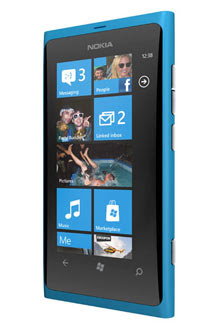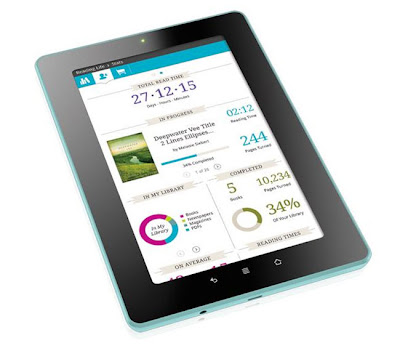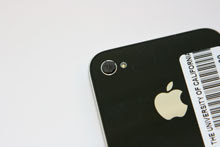 |
Viral films: Complex, highly structured films made using viruses could be used as optical devices and as templates for engineering tissue, bone, and teeth.
Woo-Jae Chung, UC Berkeley
|
Technology | Technologies | In one simple step, viruses can be turned into sophisticated structures with novel optical or biomedical properties.
Researchers have demonstrated a simple, one-step process in which genetically engineered viruses arrange themselves into extremely ordered patterns with distinctive properties, such as color or strength. The technique could be used to make novel optical devices or biological scaffolds to grow soft tissue, teeth, and bone.
The researchers, led by Seung-Wuk Lee, a bioengineering professor at the University of California, Berkeley, used the technique to make structured films. "We want to mimic nature and create many different types of functional structures with a very simple building block," Lee says.
This work is part of a broader effort to make new types of materials using viruses as microscopic building blocks. Researchers at MIT, led by Angela Belcher, a biological engineering and materials science professor, have previously engineered viruses to bind toinorganic materials—something they would never do naturally—and have them assemble intobattery components.
Lee and his colleagues have found a way to fine-tune the arrangement of individual viruses to create sophisticated structures with complex designs all on their own. Using a single virus as a building unit is "pretty exquisite," says Belcher, because its traits can be genetically modified and you can attach many different useful materials to its surface. What's even more important about the new work, which was published in the journal Nature last week, is the precise control over viral self-assembly, resulting in large-scale structures with multiple levels of organization. "This is very beautifully laid out," she says. "They can do so much with a single virus.
Researchers have demonstrated a simple, one-step process in which genetically engineered viruses arrange themselves into extremely ordered patterns with distinctive properties, such as color or strength. The technique could be used to make novel optical devices or biological scaffolds to grow soft tissue, teeth, and bone.
The researchers, led by Seung-Wuk Lee, a bioengineering professor at the University of California, Berkeley, used the technique to make structured films. "We want to mimic nature and create many different types of functional structures with a very simple building block," Lee says.
This work is part of a broader effort to make new types of materials using viruses as microscopic building blocks. Researchers at MIT, led by Angela Belcher, a biological engineering and materials science professor, have previously engineered viruses to bind toinorganic materials—something they would never do naturally—and have them assemble intobattery components.
Lee and his colleagues have found a way to fine-tune the arrangement of individual viruses to create sophisticated structures with complex designs all on their own. Using a single virus as a building unit is "pretty exquisite," says Belcher, because its traits can be genetically modified and you can attach many different useful materials to its surface. What's even more important about the new work, which was published in the journal Nature last week, is the precise control over viral self-assembly, resulting in large-scale structures with multiple levels of organization. "This is very beautifully laid out," she says. "They can do so much with a single virus.








